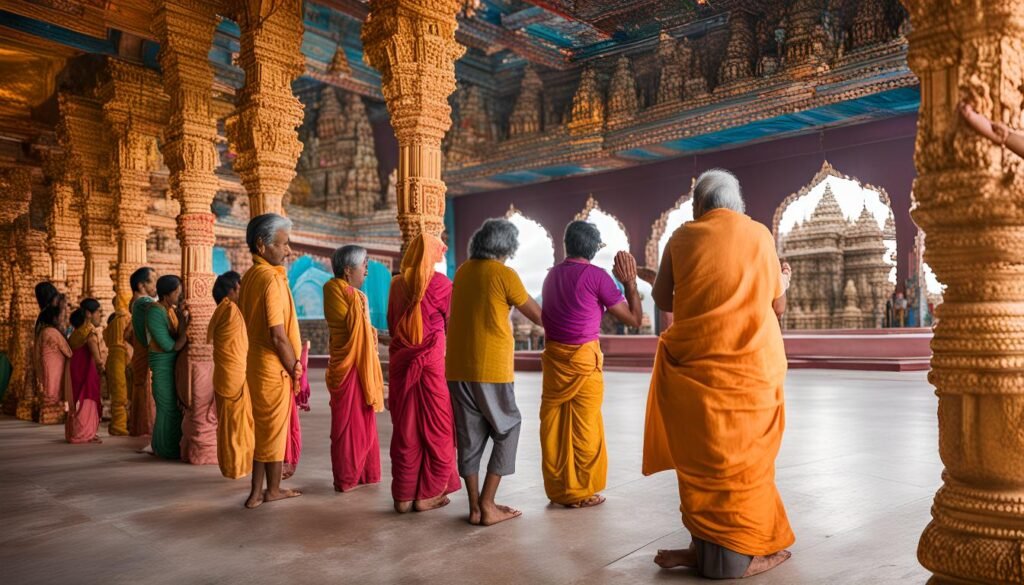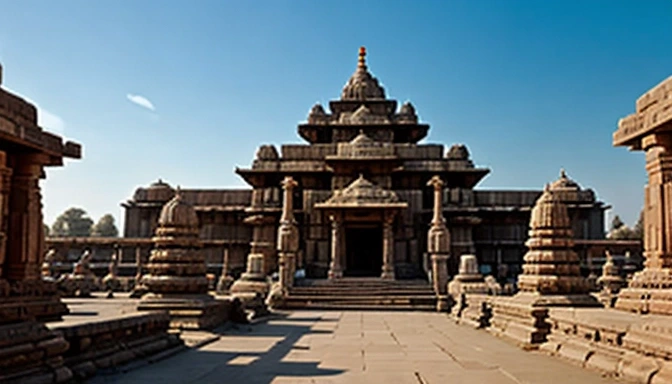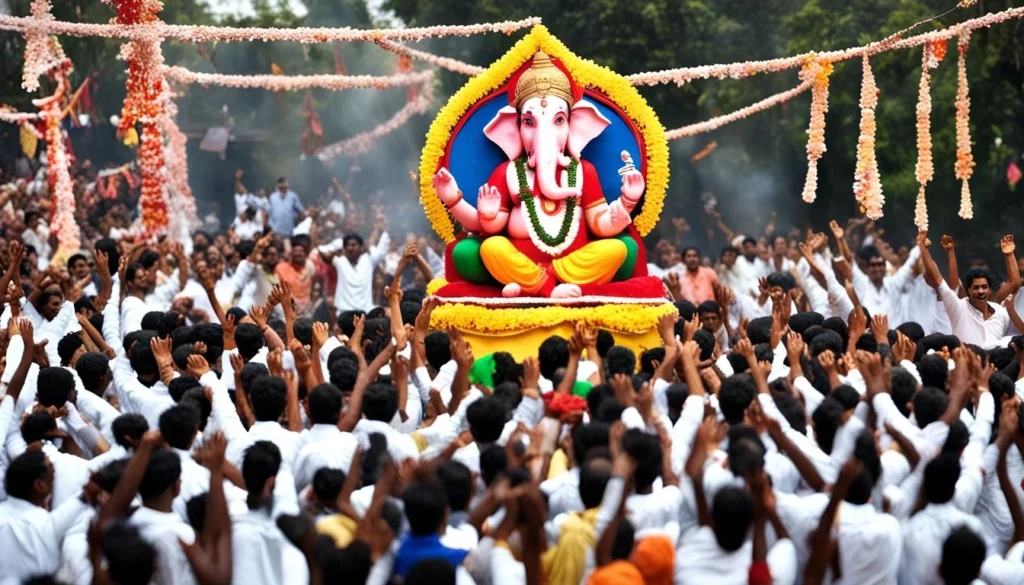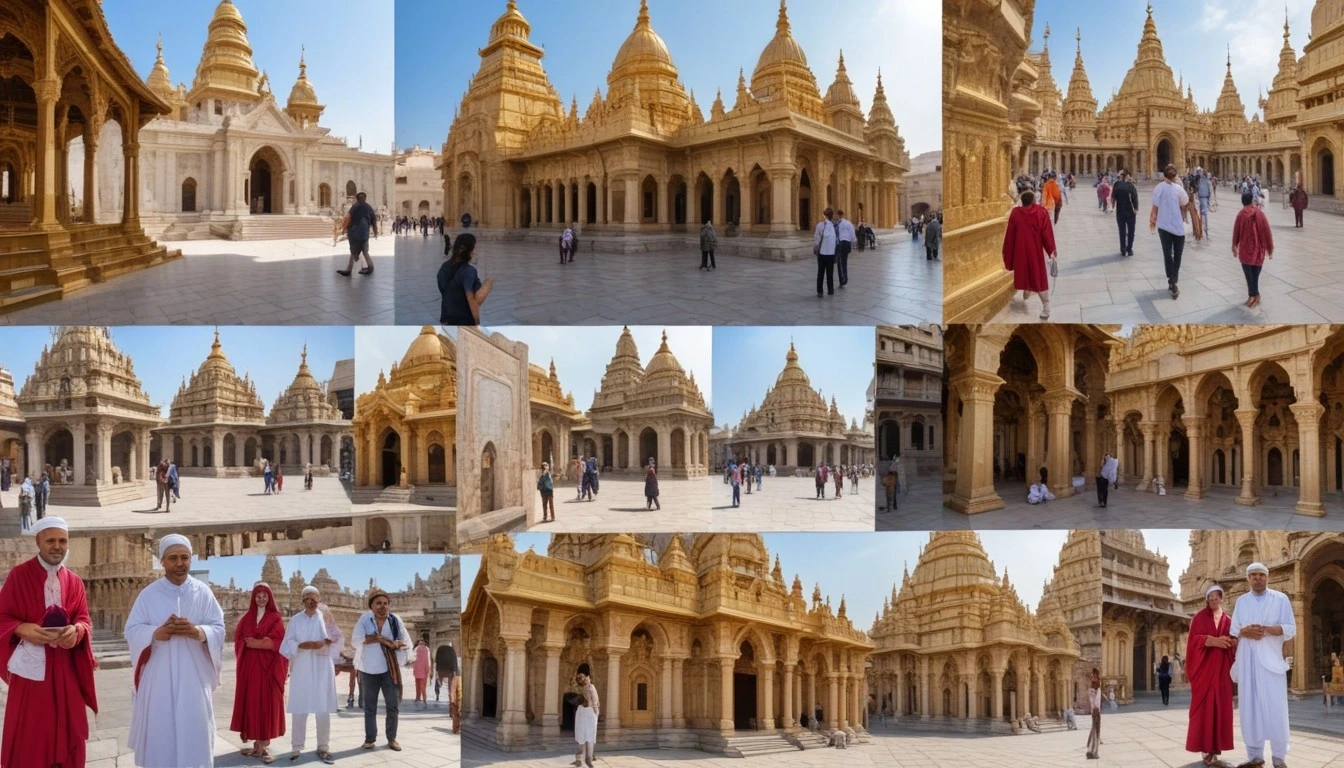Introduction:
Welcome to our exploration of the fascinating and spiritually enriching journey through India’s religious sites.
Travelers visit sacred places for their historical and architectural wonders. They also seek the profound cultural and spiritual experiences these sites offer. However, these visits come with challenges, including cultural misunderstandings. Moreover, safety concerns can add to the complexities of exploring such awe-inspiring locations.
In this blog, we delve into the traps faced by tourists visiting religious sites in India, providing insights and strategies to navigate these challenges with grace and respect.
Core Discussion
1. Religious Pilgrimages:
Trap:
Overcrowding and long queues at pilgrimage sites can lead to delays and discomfort for tourists.
Way to break it:
Plan pilgrimages during non-peak hours, use special entry passes if available, and maintain patience and respect for fellow pilgrims’ sentiments.
2. Local Customs:

Trap: Lack of understanding or respect for local customs and traditions may inadvertently offend locals or disrupt cultural practices.
Way to break it: Educate yourself about local customs beforehand, seek guidance from locals or guides, and participate respectfully in ceremonies while adhering to guidelines.
3. Animal Welfare Concerns:
Trap:
Supporting Exploitative Activities: Some tourists unknowingly support exploitative activities involving animals, such as elephant rides or wildlife performances. Consequently, these actions can contribute to animal suffering and unethical treatment.
Ways to Break It:
-Choose responsible tour operators that prioritize ethical treatment of animals and offer activities that do not exploit or harm wildlife.
-Avoid participating in activities like elephant rides, animal performances, or interactions that may compromise animal welfare.
Trap 2:
Cow Culture Confusion: Conflicting views on cow culture in India, where some communities worship cows while others consume beef, can lead to confusion and cultural misunderstandings for tourists.
Ways to Break It:
-Respect and acknowledge the diversity of cultural beliefs regarding cow culture in India.
-Maintain a neutral stance and refrain from engaging in discussions or actions that may provoke tensions or offend individuals with differing beliefs.
Trap 3:
Street Animals Hazards: Street animals like dogs, monkeys, and cows freely roam Indian streets, posing potential hazards to tourists if not approached with caution.
Ways to Break It:
-Avoid provoking or feeding street animals to prevent potential conflicts or safety risks.
-Maintain a safe distance from street animals and be cautious of unexpected behavior, especially in crowded areas or near religious sites where animals may gather.
Trap 4:
Wildlife Encounters: Tourists may encounter wildlife in or near religious sites, and improper interactions can disturb or harm the animals.
Ways to Break It:
-Follow ethical guidelines for wildlife encounters, such as maintaining a safe distance and refraining from feeding or disturbing animals in their natural habitats.
-Respect wildlife conservation efforts and avoid activities that may interfere with the natural behavior or habitats of animals.
4. Cultural immersion:

Trap 1:
Cultural Sensitivity in Photography: Tourists may unintentionally disrespect cultural sensitivities by photographing people, religious sites, or cultural events without permission, leading to privacy violations or offending religious practices.
Ways to Break It:
-Always seek permission before photographing individuals, religious ceremonies, or cultural events to respect privacy and religious practices.
-Be mindful of cultural sensitivities and avoid photographing sacred or restricted areas without permission.
Trap 2:
Cultural Etiquette at Temples: Lack of awareness about temple etiquette can lead to unintentional disrespect of religious sentiments, such as inappropriate dress or behavior within temple premises.
Ways to Break It:
-Follow dress codes specified for temples, such as removing footwear and dressing modestly, to show respect for religious customs.
-Observe and participate respectfully in temple rituals, avoiding disruptive behavior or actions that may offend worshippers.
Trap 3:
Respect for Cultural Heritage Sites: Tourists may unknowingly disrespect cultural heritage sites by engaging in vandalism, graffiti, or deviating from designated routes, causing damage to historical monuments or artifacts.
Ways to Break It:
-Respect historical sites and artifacts by refraining from vandalism, graffiti, or any actions that may damage cultural heritage.
-Follow designated routes and guidelines provided at cultural heritage sites to ensure preservation and respect for the historical significance of the site.
Trap 4:
Navigating Local Events and Festivals: Lack of awareness about local events and festivals can lead to challenges in navigating crowds, understanding cultural significance, and respecting local traditions.
Ways to Break It:
-Experience local events and festivals with enthusiasm but be mindful of cultural sensitivities, crowd management, and safety precautions.
-Respect local customs and traditions during festivals, such as following procession routes and participating respectfully in cultural activities.
Trap 5:
Adhering to Cultural Dress Codes: Inappropriate dress at religious sites or conservative areas can lead to discomfort or offense among locals, impacting cultural immersion experiences.
Ways to Break It:
-Adhere to specific dress codes at religious sites, covering shoulders and knees, to show respect for cultural norms and religious practices.
-Carry appropriate attire when visiting religious or conservative areas to ensure compliance with local dress codes.
Trap 6:
Embracing Cultural Festivals: Lack of preparedness for crowded streets, limited services, and cultural nuances during festivals can lead to challenges in fully experiencing and enjoying cultural festivities.
Ways to Break It:
-Embrace the vibrancy of cultural festivals like Diwali, Holi, Navratri, and others by planning ahead for crowds, limited services, and cultural activities.
-Respect local customs and traditions during festivals, such as observing rituals, participating in community events, and being mindful of cultural sensitivities.
Trap 7:
Cultural Sensitivity in Different Regions: India’s diverse regions have unique cultural differences that tourists may not be aware of, leading to misunderstandings or inadvertently offending locals.
Ways to Break It:
The journey to sacred spaces provides opportunities for growth and understanding. It requires navigating local customs and respecting animal welfare.
Additionally, immersing in cultural nuances and ensuring safety enriches the experience. By being mindful of sacred spaces, travelers can contribute positively to India’s heritage, and respecting traditions enhances the significance of each visit..
5. Respecting Sacred Spaces:

Trap 1:
Respecting Sacred Spaces: Failing to respect sacred spaces can lead to discomfort and disrespect, potentially causing offense to locals and disrupting the spiritual atmosphere.
Way to Break It:
Follow dress codes and behavior guidelines at religious sites. Remove shoes, cover your head if required, and refrain from loud behavior.
Trap 2:
Religious Sensitivities: Ignoring religious sensitivities may result in unintentionally offending locals and disrupting the serene ambiance of temples, mosques, churches, and other sacred sites.
Way to Break It:
Respect religious customs and sentiments, especially when visiting temples, mosques, churches, and other sacred sites. Dress modestly and follow local customs.
Trap 3:
Religious Festivals: Not planning for major religious festivals can lead to travel disruptions and challenges in accessing services due to increased crowds and limited availability.
Way to Break It:
Plan ahead for major religious festivals as they can impact travel arrangements and availability of services.
Trap 4:
Safety during Festivals: Neglecting safety precautions during festivals can expose tourists to risks such as crowded spaces, pickpocketing and unruly behavior, potentially leading to unpleasant experiences.
Way to Break It:
Participating in festivals is a great experience, but be cautious of crowded spaces, pickpocketing, and rowdy behavior.
6. Safety and Security:

Trap 1.
Scams by Fake Priests or Guides: Tourists often fall prey to scams orchestrated by fake priests or guides who exploit their trust and goodwill.
Way to Break It:
Verify the authenticity of priests or guides before engaging their services. Use official guides provided by the religious site if available to avoid falling into such traps.
Trap 2.
Unhygienic Conditions: Tourists may encounter unhygienic conditions near religious sites, leading to health risks and discomfort during their visit.
Way to Break It:
Carry hand sanitizers and avoid eating street food near religious sites to prevent food-related illnesses and maintain personal hygiene amidst potentially unclean environments.
Trap 3.
Eating or Drinking in the Name of God: Despite respecting religious norms, tourists may face the risk of fraudulent activities where strangers offer food or drink in the name of god, potentially leading to health hazards or scams.
Way to Break It:
While respecting religious practices, stay aware of potential frauds when offered food or drink by strangers claiming it as prasad or sacred water. Exercise caution and discernment to avoid falling into such traps.
Conclusion:
In the tapestry of religious tourism in India, each thread represents a unique trap that tourists may encounter.
The journey to sacred spaces offers opportunities for growth and understanding. It involves navigating local customs and respecting animal welfare. Additionally, immersing oneself in cultural nuances and ensuring safety enriches the travel experience. By being mindful of sacred spaces and prioritizing animal welfare, travelers can contribute positively to India’s rich heritage.
Moreover, respecting local traditions enhances the significance of each visit. Every trip to a religious site becomes an opportunity for spiritual growth and cultural exchange, creating meaningful journeys. With awareness and respect, these experiences can leave a lasting impact. Ultimately, they pave the way for memorable journeys for future generations.
Why This Product Deserves Your Attention
As always, at the end of every blog on trapbreaker.com, we recommend products that align with the theme of safeguarding your personal interests and staying alert to potential risks. For this blog, we’ve selected two products that can enhance your travel experience while keeping you aware of the traps that scammers may set. First, The Sacred India Book by Amit Pasricha offers valuable insights into India’s religious and spiritual sites, helping you understand cultural contexts to stay vigilant. Second, ARCTICOOL Portable Mini Fan provides a practical solution for keeping cool and comfortable during your travels, reducing the chances of being distracted or fatigued, which scammers often exploit. These products are designed to not only enrich your experience but also help you stay sharp and aware, ensuring your safety and peace of mind while exploring religious places.
If you’re curious about why these products deserve your attention, you’ll find a comprehensive review on our partner site, awareandbeware.com. The review covers all aspects of the products, including their features, benefits, and potential drawbacks, helping you make an informed decision. I encourage you to visit the full-length review for a deeper understanding of how these products can enhance your security and overall travel experience.



